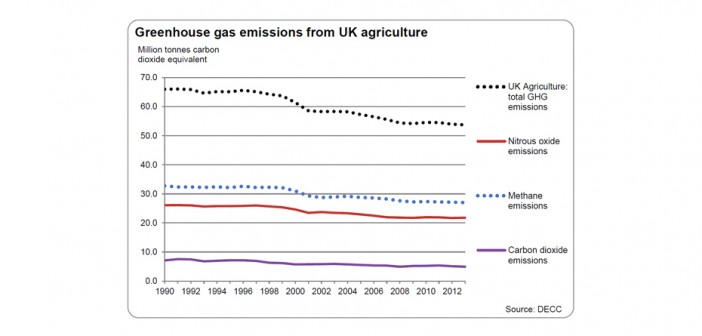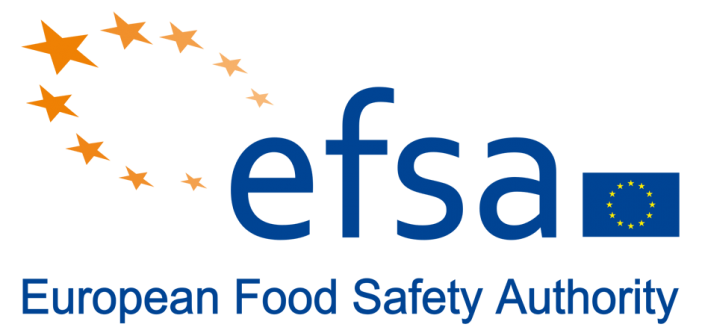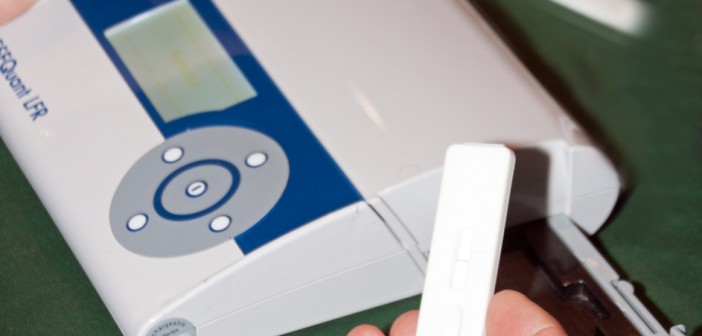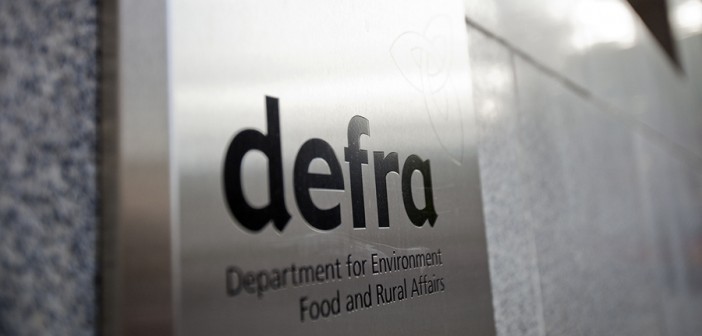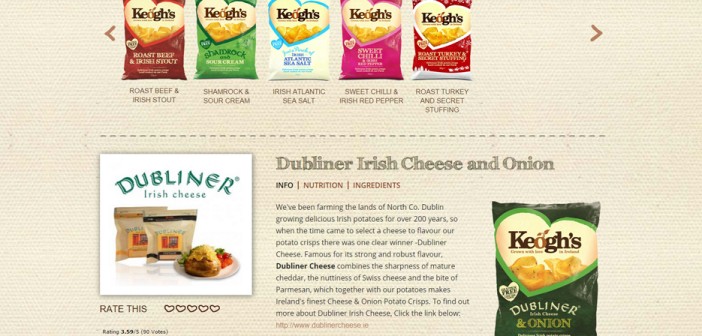At the end of January Ofgem announced that more than 3 GW of renewable energy capacity had been accredited under the Feed-in Tariff (FIT) scheme in the UK. While solar photovoltaic projects accounted for more than 98% of the schemes, 135 anaerobic digestion (AD) plants accounted for 3.5% of the electricity generated*.
While AD represents a small fraction of the total energy under the FIT scheme, its uptake has been such that the tariffs for all three scales (plant sizes) have been caught in the scheme’s regression mechanism, which reduces the support rate as deployment of the renewable technology increases. Since the scheme was introduced in April 2010, the tariffs for AD projects have fallen, on average, by just over 25%, with support for schemes with a capacity between 250 and 500 kW down by almost a third since the beginning.
It is a similar story with the Renewable Heat Incentive (RHI). Tariffs have just become more complex, with larger biomethane combustion plants becoming eligible and a decreasing scale of tariffs on the amount of biomethane injected into the gas grid, but as overall RHI deployment continues to rise, degression is also likely.
This does not mean that AD projects are no longer viable. It does however mean that some people’s thought processes need to change. It is worth remembering what the FIT scheme was designed to do. It was supposed to increase the uptake of renewable energy technologies to the point where they were sufficiently widespread that development costs came down to the point that financial support was no longer necessary. They were not intended to be a long term subsidy on energy generation by plants – even if that is how they appear to work in practice.
The way the FIT scheme is set up has already caused some (not entirely unforeseen) market distortions. The two most obvious being the installation of multiple smaller units to increase the tariff the project is eligible for (most noticeable with biomass boilers under the RHI) and the over-specification or under efficiency of heat usage technologies, such as driers, in order to maximise the amount of heat on which RHI can be claimed.
As tariffs reduce, both these practices will, rightly, become less widespread as any financial gains are eroded. While projects that have deliberately been ‘over-specified’ or made deliberately inefficient will struggle, the most efficient ones will continue to attract investment and operate profitably. Using the latest heat exchanger technology which harvests and uses wasted heat at an AD plant, will become the easiest way of doing this, both in new projects and existing ones.
Heat exchanger systems for digestate pasteurisation and concentration have a strong track record on the energy efficiency front. Pasteurisation of the AD plant’s organic biofertiliser output, digestate, is necessary if the product is to cease to be seen as a waste and be sold as a product (meeting PAS 110 standards). Although the pasteurisation process has in the past been an energy hungry and inefficient process, heat exchanger technology has changed this. The HRS 3 Tank Batch Sludge Pasteuriser System, for example, uses at least half – and in some cases up to 70% – less heat energy to complete the pasteurisation process by recycling heat energy twice.
For either new or existing plants, it’s worth investigating heat exchanger technology for pasteurisation and digestate concentration. Not only does it improve a plant’s efficiency and maximise its outputs, but it’s also better for the environment too.
This story was first published on Engineering Update on 6 July 2015.
